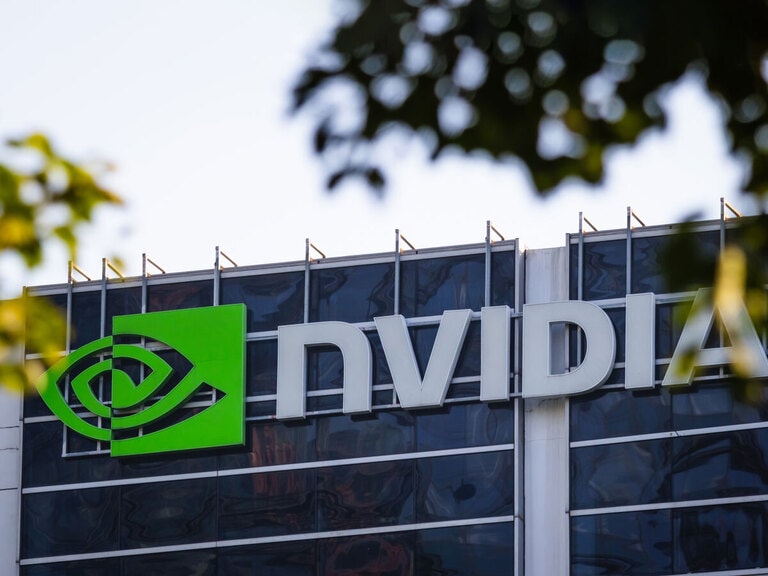Once upon a time, Ocado’s [OCDO.L] share price had been delivering for investors. Between 2017 and the start of 2021 the online grocer’s stock surged 1047% - checking out at an intraday high of 2,888p on 31 January - a superb return in anyone’s books. However, over the last 12 months Ocado’s share price has come down nearly 50% - a hefty reduction with the stock closing at 1,442p on Friday 28 January.
Is there still significant room for growth in the stock moving forward? Is the stock even capable of delivering consistent gains after a 2021 of significant losses?
Ocado’s share price declines despite retail growth
Possible factors for the decline in Ocado’s share price are fewer lockdowns as well as a busier market for delivery services.
The pandemic has changed how UK shoppers buy groceries. A fifth of shoppers now regularly buy their groceries online each month, while as a nation last year Brits made 40m fewer trips to the supermarket than in 2019, according to data from Kantar. In the UK, Sainsbury’s, Tesco and Asda delivery vans are now part of everyday life.
In terms of the overall UK grocery market, Tesco dominates with a 27.9% market share, followed by Sainsbury’s at 15.7% and Asda at 14.2% for the 12 weeks up to 26 December. Ocado is in twelfth place with a 1.7% market share, according to Kantar.
In a blog, Kantar’s Fraser McKevitt said that online accounted for 12.2% of sales in December, a fall of 3.7% as more shoppers choose to buy their Christmas goodies in-store.
Ocado has continued to benefit from the shift to online shopping, even if its share price has slipped. In the fourth quarter of 2022, the online grocer reported revenue of £547.8m, up 31.6% year-on-year. Weekly average order numbers also grew, up 14% to reach 375,100. Average basket value fell 12% year on year to £118, although this was still 13% higher than the same period in 2019. Ocado suggested that this was down to customers returning to the office and spending less time at home.
$547.8million
Ocado's Q4 2022 sales were up 31.6%
Behind the growth in revenue, Ocado pointed to additional capacity as new facilities in Andover and Purfleet. The success of same-day delivery service Ocado Retail Zoom in West London is also promising. The online grocer now plans to open four new sites this year. The company estimates that each site will generate average revenues of around £20m a year.
What’s holding back Ocado’s share price
Online groceries is just one half of Ocado’s proposition. The other side is its solutions business which builds and kits out state-of-the-art, fully automated distribution centres for other retailers at £50m a pop. Customers include US grocery giant Kroger and Morrisons. And it’s this side of things that is a drain on the company’s profitability and Ocado’s share price.
Based on Ocado’s 2021 half year presentation, its UK solutions business brought in £357.3m, up 13.1% year-on-year. EBITDA came in at £30.1m, up 6.4m year-on-year. However, Ocado’s international solutions business saw EBITDA losses increase to £56.6m, while the amount of fees invoiced dropped to £50.3m, down 31.9% from the £73.7m invoiced for the previous year.
Overall, Ocado’s losses before tax came in at £23.6m in the first six months of 2021, and while that’s better than the £40.6m loss seen in the same period last year, investors could be forgiven for wondering if the losses sustained from the solutions side of Ocado will forever prevent it from becoming profitable.
Not helping is a slowdown in new clients. The Financial Times notes that in the two years before the pandemic Ocado signed up five new clients for its warehouse technology in the two years up to 2019. During the pandemic it only managed to bring on board one, relatively small, new client, as the urgent need for delivery capacity highlighted the time - and significant cost - of commissioning a fully autonomous warehouse from Ocado, with supermarkets instead choosing to quickly fill orders from their own shelves.
Will investment in new technology help?
In January, Ocado unveiled its latest technology to help pick and pack items in its warehouses. During the announcement, Ocado said its 600 Series bot was more energy efficient than earlier modern and a robotic arm to improve warehouse efficiency with near human-like precision.
2024
Estimated arrival of Ocado's new 600 Series packing bot
The newly announced technology will be available from 2024 and it will be interesting to see if it translates into more clients, especially as it could help cut down the cost of its warehouse builds for clients. There is also an argument that the heavy investment in the technology could pay off in the long-term. For example, helping it compete with the likes of Amazon. Ocado’s share price popped following the announcement last week, although most of those gains were lost at the end of Friday’s trading.
Ocado expects to see mid-teens revenue growth in 2022, suggesting that this should come in at the top of the pre-Covid 10% to 15% range. The hope for investors is that this translates to a return to growth in Ocado’s share price. However, losses from the warehouse technology could continue to be a drag on the share price.
Analysts polled by Refinitiv have pinned a 1,990 price target on Ocado, suggesting a 28% upside on Friday’s close. Of the 21 offering recommendations, 7 rate the stock a Buy, although there are also 6 Hold and 5 Sell ratings in the mix.
The company will update the market on 8 February with full year 2021 numbers - a key date for those interested in whether the company can deliver on its promise.
Continue reading for FREE
- Includes free newsletter updates, unsubscribe anytime. Privacy policy





